WO3 Applied in Dye-Sensitized Solar Cells (DSSCs)
- Details
- Category: Tungsten Information
- Published on Thursday, 23 September 2021 11:44
- Written by yuntao
- Hits: 2054
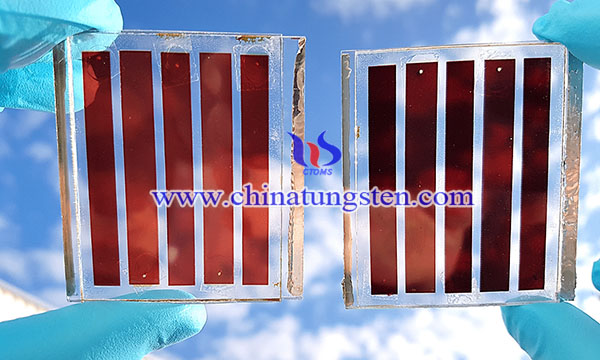
Dye-sensitized solar cell (DSSC) is one of the most popular renewable energy equipment, which has been studied for its light weight, simple manufacturing process, low cost, transparency, good plasticity, and environmental friendliness. The photoanode is one of the main factors affecting the energy conversion efficiency of DSSCs. The efficiency of DSSC-based titanium dioxide (TiO2) is significantly limited by the high interface photogenerated electron-hole recombination rate and the low electron mobility of the TiO2 photoanode.
Read more: WO3 Applied in Dye-Sensitized Solar Cells (DSSCs)
WO3/SiO2 Catalyst for Aromatic Nitration
- Details
- Category: Tungsten Information
- Published on Thursday, 23 September 2021 09:47
- Written by yuntao
- Hits: 1726
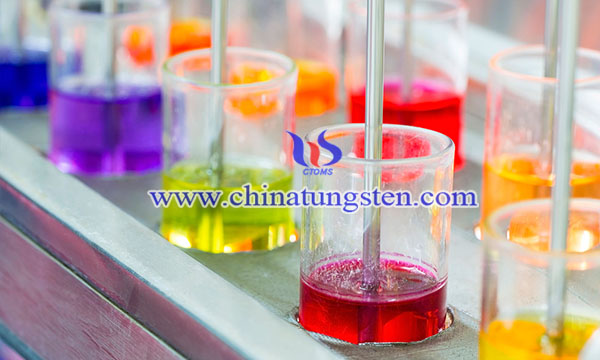
Aromatic nitration has long been an important process in industrial chemistry, because nitroaromatic products are widely used as dyes, pesticides, solvents, drugs, and intermediates for the manufacture of synthetic dyes and other chemicals. Traditionally nitration is carried out by using mixture of concentrated nitric acid (98%) and sulphuric acid in the proportion of 1:2. However the process produces large quantity of dilute sulphuric acid which leads to environmental pollution.
Tungsten Trioxide Doped TiO2 Photocatalysts for Degradation of Diethyl Phthalate
- Details
- Category: Tungsten Information
- Published on Tuesday, 21 September 2021 00:52
- Written by yuntao
- Hits: 1627
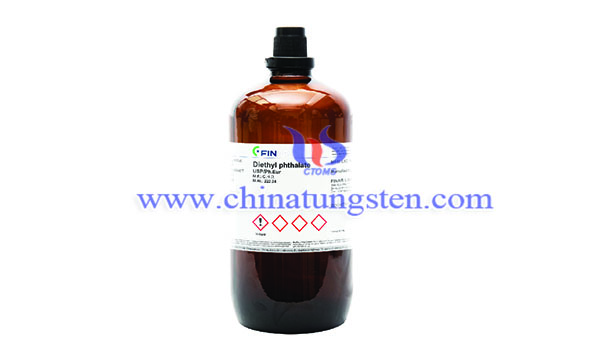
Diethyl phthalate (DEP) is an odorless, colorless, oily liquid. It is used to make plastics, pesticides, cosmetics, and aspirin, as well as toothbrushes, auto parts, toys, tools and food packaging. At the same time, DEP has a negative impact on human health and causes environmental problems.
Read more: Tungsten Trioxide Doped TiO2 Photocatalysts for Degradation of Diethyl Phthalate
I-P Co-Doped WO3 for Photocatalytic Degradation of Dyeing Wastewater
- Details
- Category: Tungsten Information
- Published on Tuesday, 21 September 2021 12:18
- Written by yuntao
- Hits: 1549
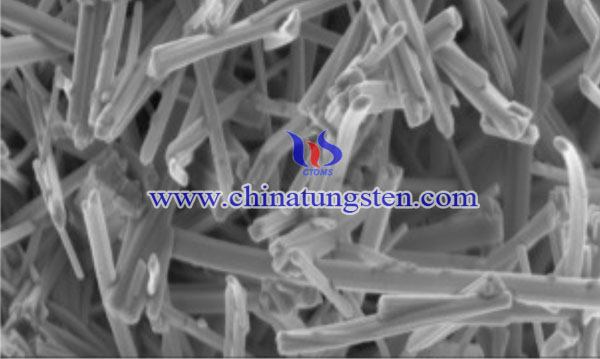
Nearly 20% of water pollution is caused by the leather and textile industries. Textile wastewater contains a lot of organic pollutants, including dyes that are widely used in industry. At the same time, printing and dyeing wastewater has also caused water problems and health problems.
Read more: I-P Co-Doped WO3 for Photocatalytic Degradation of Dyeing Wastewater
WO3-TiO2 Photocatalysts with Enhanced Photocatalytic Properties
- Details
- Category: Tungsten Information
- Published on Tuesday, 21 September 2021 00:23
- Written by yuntao
- Hits: 1417
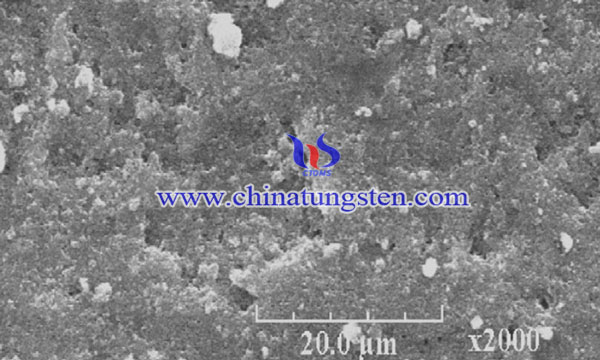
In the past decade, the application of semiconductor powder as a photocatalytic degradation of organic pollutants in water has received widespread attention. Titanium dioxide (TiO2) suppresses amazing photocatalytic properties, including high activity, chemical stability, and low cost. However, the photocatalytic activity of TiO2 (with a band gap of 3.2 eV, excited by photons with a wavelength of less than 387 nm) is still limited by UV wavelength irradiation, so the photocatalytic process cannot effectively occur during sunlight irradiation. 4% of the total solar spectrum radiation is in the ultraviolet region.
Read more: WO3-TiO2 Photocatalysts with Enhanced Photocatalytic Properties




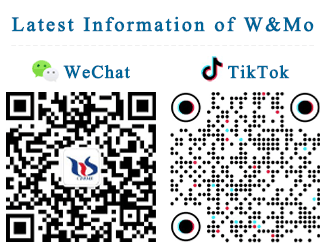
 sales@chinatungsten.com
sales@chinatungsten.com